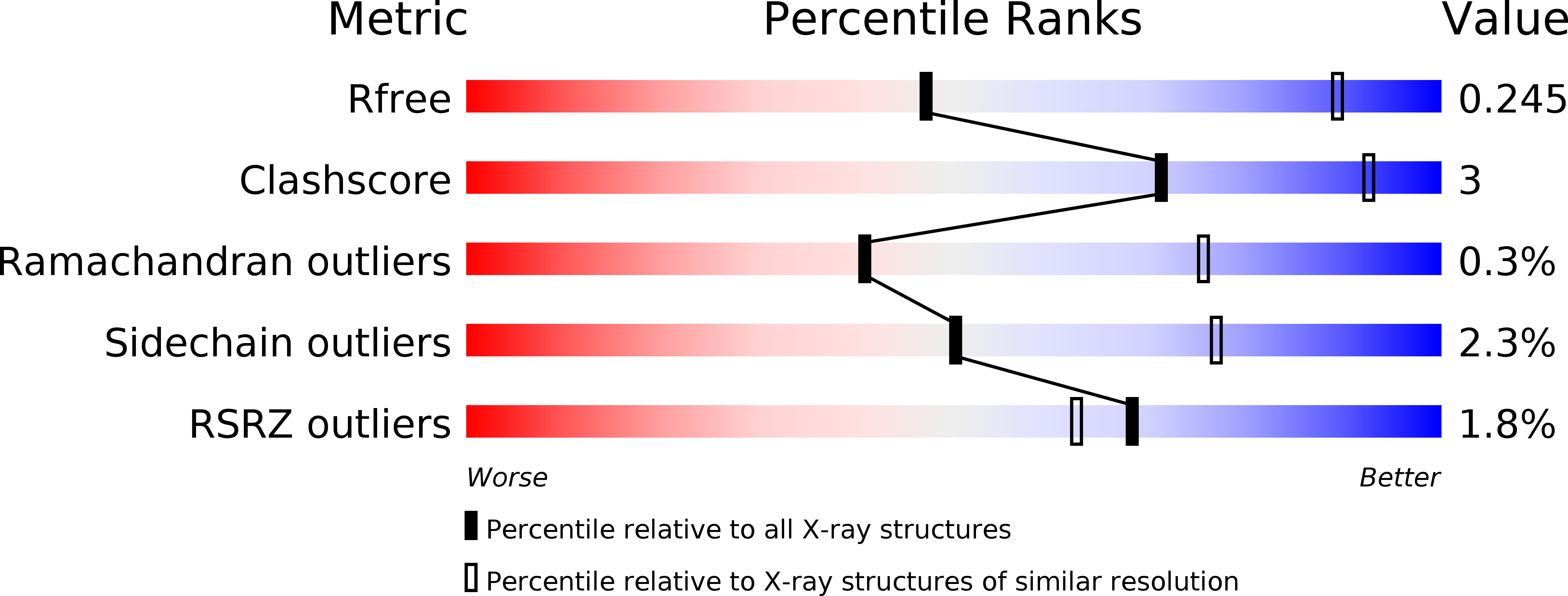
Deposition Date
2013-12-05
Release Date
2014-07-16
Last Version Date
2023-12-20
Entry Detail
PDB ID:
4CI3
Keywords:
Title:
Structure of the DDB1-CRBN E3 ubiquitin ligase bound to Pomalidomide
Biological Source:
Source Organism:
HOMO SAPIENS (Taxon ID: 9606)
GALLUS GALLUS (Taxon ID: 9031)
GALLUS GALLUS (Taxon ID: 9031)
Host Organism:
Method Details:
Experimental Method:
Resolution:
3.50 Å
R-Value Free:
0.23
R-Value Work:
0.21
R-Value Observed:
0.21
Space Group:
P 32 2 1


